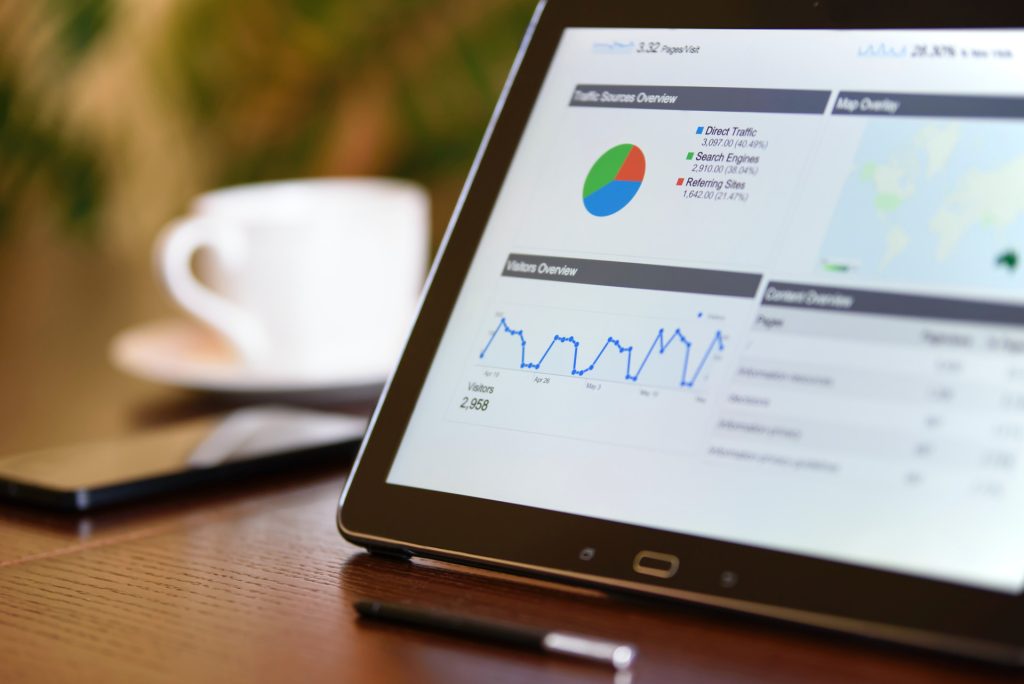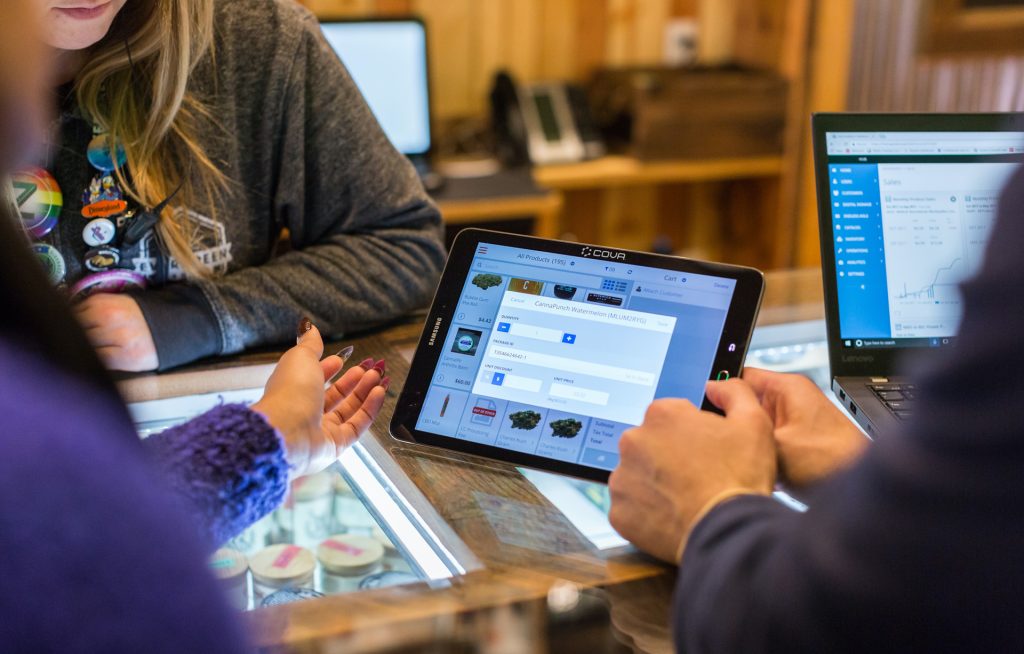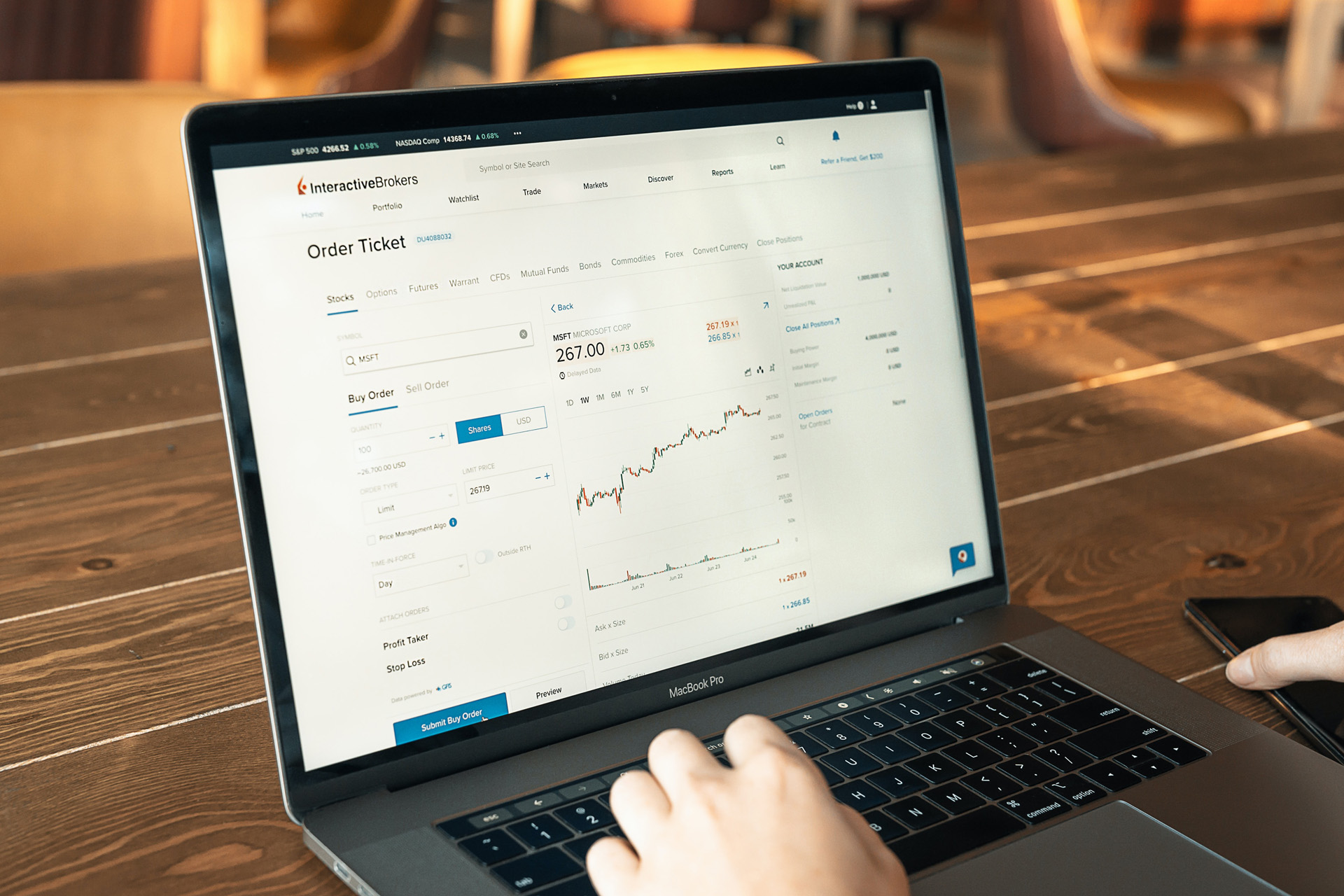Are you looking for a way to increase the efficiency of your rental business? Look no further than Rental Inventory Software! According to research, businesses that use rental inventory software experience up to 32% higher customer satisfaction and 14% faster order fulfillment. With this powerful tool, you can manage your entire rental process from start to finish – from online rentals to tracking customers, orders, and payments through item maintenance and forecasting for future needs. This guide will show you how easy it is to get started with rental software so that you can maximize your profits while providing excellent customer service.
Benefits of Using the Software
Using inventory management can help the rental essentials in your business become more efficient and organized. You can easily track your rental equipment’s current status and quickly access information from rental equipment software, like due dates, customer contact info, and item availability. This streamlines renting out items to customers and helps ensure nothing gets lost or forgotten. It also makes it much easier to communicate with customers, allowing you to update them on their equipment and quickly respond to any inquiries.

How the Software Can Help Manage Your Rental Business
The software allows businesses and you to make more informed decisions about your business operations since you have access to real-time data regarding the performance of your equipment. This can help you identify and address any problems that arise more quickly, saving you time and money in the long run. Additionally, the software makes managing returns and tracking payments much easier since all this information is stored conveniently. Finally, you can easily keep tabs on your financial performance. Hence, you know exactly how successful your business is at any given moment.
Finally, it can also help you save time by simplifying the entire process of renting out items to customers. With a few clicks, users can quickly view available equipment rentals and check customer reservation details so that everything runs smoothly during the equipment rental process. The software can also be integrated with other systems like accounting and point-of-sale to make your data up-to-date and accessible.
Key Features and Advantages of Using the Software
A good equipment inventory database for rental and inventory management software is:
- Allows businesses to track customers, orders, payments, and item maintenance
- Maximizes profits by providing excellent customer service
- Tracks current status of equipment and quickly accesses information like due dates, customer contact info, and item availability
- Makes it easier to communicate with customers
- Improves decision-making since you have access to real-time data regarding the performance of your equipment
- Helps manage returns and track payments more easily
- Saves time by simplifying the entire process of renting out items to customers
- Integrated with other systems such as accounting or point of sale for a centralized system.

Different types of Inventory management and which one is right for you
Depending on the size and scope of your business, there are different software solutions to choose from. Some solutions are designed specifically for small businesses, while others offer more advanced features suitable for larger enterprises. When selecting a system, it is important to consider factors such as scalability, integrations with other systems, user experience, and cost. A good starting point is to determine the specific needs of your business and then find a system that can accommodate those requirements.
What to Look for When Choosing an Inventory Software
There are certain features and advantages that you should look for.
- Make sure the system is customizable and easily scalable to grow with your business.
- It should also have powerful integrations with other platforms, such as accounting or point-of-sale systems.
- Ensure the user experience is intuitive, and the system can be accessed from any device.
- Finally, consider the software’s cost and ensure it fits your budget.
Best practices to ensure a smooth transition from manual processes to automated processes
When transitioning from manual operations to automated processes, companies need to follow industry best practices to ensure a smooth transition.
- You should dedicate time and resources to training employees on the new system.
- You must set realistic goals and expectations for the transition process so everyone involved understands what needs to be accomplished.
- It is also important to keep track of metrics such as customer satisfaction and productivity to measure the new system’s effectiveness.
- Finally, having a support team available for any technical issues during the transition is beneficial.
This will ensure users a smoother transition process and help minimize any potential disruption for users.
Steps for Setting Up and Implementing the software
Once you have chosen the right solution for tracking your business, setting up and implementing features for the system is important to get the most out of it.
- The first step is to create an account with the software provider and purchase a subscription plan.
- Next, customize the workflow by setting up categories, items, prices, and other information.
- Then, create accounts for employees and assign them roles.
- Once everything is set up, it’s time to start training employees on how to use the software.
- Finally, test and monitor the system until it is fully implemented and ready for use.
Common mistakes to avoid
- The most common mistake is spending less time, in the beginning, to understand how the system works. As a result, most businesses trying to transition from pen and paper to a digital solution will fail even to start using the new software.
- After you learn how to work with the platform, the other mistake is missing in setting it up correctly.
- Another mistake people sometimes need to remember is to train employees on how to use it. This can lead to decreased efficiency since employees are unfamiliar with the software’s features.
- A final mistake to avoid is not taking advantage of the system’s integrative capabilities. Be sure to integrate accounting or point-of-sale systems to maximize productivity and efficiency.
Conclusion
Rental management and planning software solution has been successfully implemented in various businesses, increasing operations efficiency, revenue, and productivity.
One case study highlights a construction company that reduced its rental equipment inventory costs by 50% after implementing the software. The software allowed them to track their equipment more accurately and optimize inventory purchasing decisions. Another case study involves a business that increased its revenue by 20% in one solution after implementing the software. The software allowed them to streamline their processes and manage their inventory more effectively.
Overall, equipment rental management software can make running a rental business much easier by streamlining the entire process. The rental software makes it easy to keep track of all of your equipment, manage customer requests, schedule rentals, and stay on top of payments. With automation tools, you can increase productivity and efficiency in your business while reducing costs.

